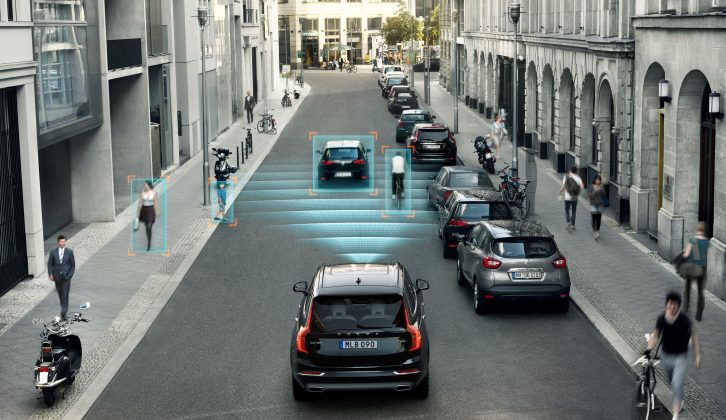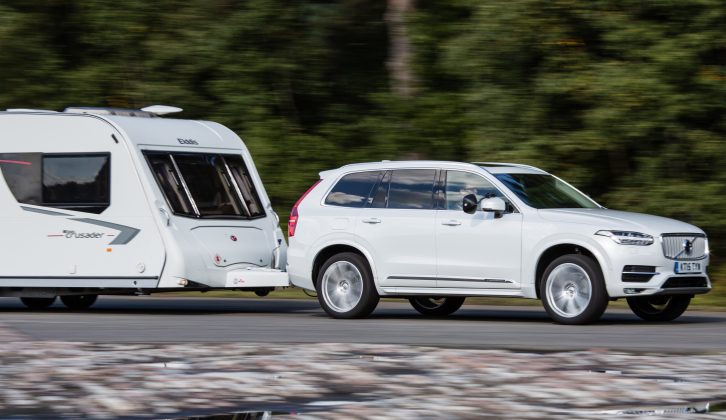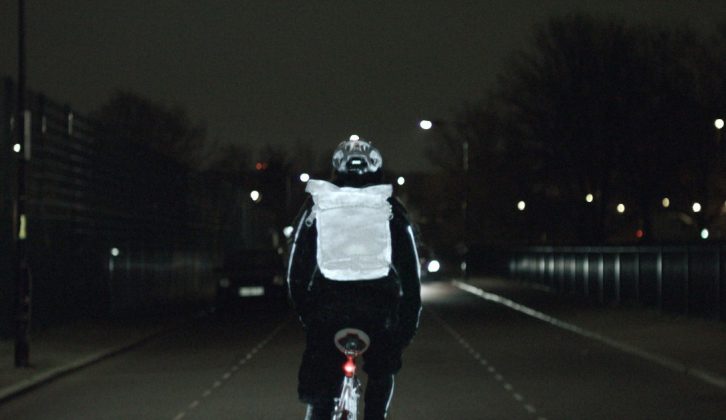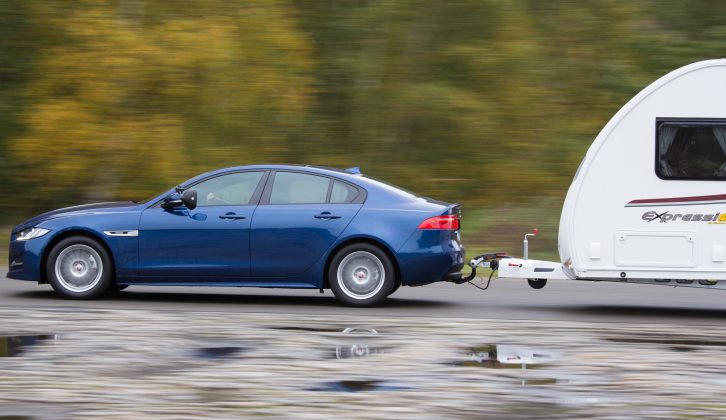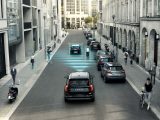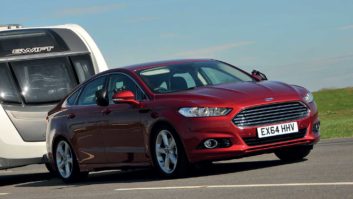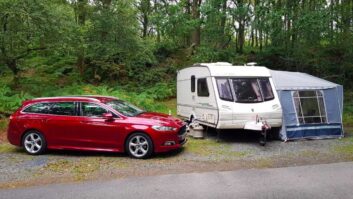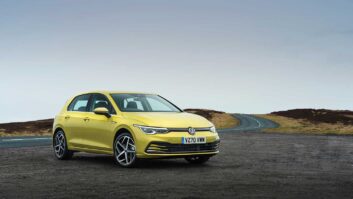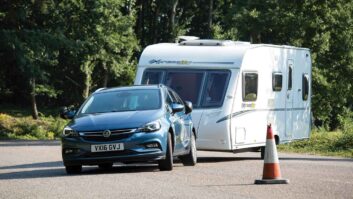I’m not very good at being told what to do. I like it even less when I’m told what to do by a machine, so I have mixed feelings about some high-tech driving aids.
Lane keep assistants that beep sternly if I cross a white line on a deserted road get on my nerves. And I’ve never been keen on collision warning systems that shriek hysterically if a car comes the other way on a tight bend. Frankly, whenever a safety aid cries wolf, it makes me want to turn the thing off and rely entirely on my own concentration and judgement.
It doesn’t help that when I went to a demonstration of one of the earliest autonomous emergency braking (AEB) systems many years ago it didn’t work reliably. Another journalist was behind the wheel, and he was instructed to drive towards an inflatable ‘car’ at 20mph by the engineer in the passenger seat. The engineer told him sensors would scan the road ahead, detect the car, warn the driver to brake through a dashboard message and an audible alarm, and ultimately brake the car if the driver did nothing. The journalist did as he was told, and we duly drove straight into the back of the ‘car’. On other runs the system worked as intended, but the experience didn’t encourage any great faith in AEB.
So for years I’ve been rather lukewarm about autonomous braking. I understand the benefit of an electronic safety net for an inattentive driver, but wouldn’t it be better if drivers weren’t inattentive in the first place?
I still believe the most important safety feature a car can have is a skilled and careful driver, especially with the added responsibility of towing a caravan. But some of the research I’ve been reading recently has made me revise my thinking about autonomous emergency braking.
One Australian study looked at 104 crashes, and examined whether AEB could have prevented the collision or at least reduced its severity. The authors concluded that had the cars been fitted with AEB, fatal crashes could have been reduced by 20-25%.
There have been studies in Britain, too, in particular by Thatcham, the motor insurers’ automotive research centre. One looked specifically at the Volkswagen Golf Mk7, which has some form of autonomous braking on all but the most basic models. It found a 45% reduction in crashes resulting in injury.
AEB systems are becoming ever more sophisticated. Most early systems used a lidar (light detection and ranging sensor) to detect vehicles ahead and measure the closing speed. Now systems use radar for extremely accurate identification of distance and speed. Camera-based systems (or systems which use both radar and a camera) can even spot pedestrians and cyclists. Volvo‘s XC90 uses a radar and camera system, while Jaguar Land Rover has a sophisticated camera system for models including the XE saloon, a car we’ve recently done a full tow car test with.
According to Thatcham, camera-based autonomous braking systems have the potential to save the lives of many vulnerable road users. “Along with road sign recognition and lane control, the other key benefit of a camera-based system is the ability to not only work out how far away an object is but to categorise it and deal with it accordingly,” says Matthew Avery, Thatcham’s head of research. “It is this technology that will be fundamental in pedestrian and cyclist safety in the future, and will also form the building blocks towards the fully driverless car.”
The safety gurus at Euro NCAP are pushing camera-based AEB technology hard. As of this year, all cars assessed by Euro NCAP are rated for their ability to recognise and brake to avoid pedestrians. From 2018, Euro NCAP will carry out a similar test for the protection of cyclists. The coveted five-star overall safety rating will become harder to achieve without a sophisticated AEB system.
“Although this technology is rapidly developing, it’s not yet possible to prevent every collision with a pedestrian in the real world,” says Dr Michiel Van Ratingen, Euro NCAP’s secretary general. “But vehicles designed to perform well in these tests will be better equipped to prevent thousands of needless deaths and life-changing injuries.” In 2014, vulnerable road users accounted for almost half of the 26,000 fatalities on European roads.
I still don’t like autonomous braking, the wagging finger of a dashboard warning or the nagging voice of an audible alarm. But if AEB systems can put a significant dent in that huge number of deaths, then I’ll put up with the occasional telling off from the electronic back-seat driver.
I understand the benefit of an electronic safety net, but wouldn't it be better if drivers weren't inattentive in the first place?
